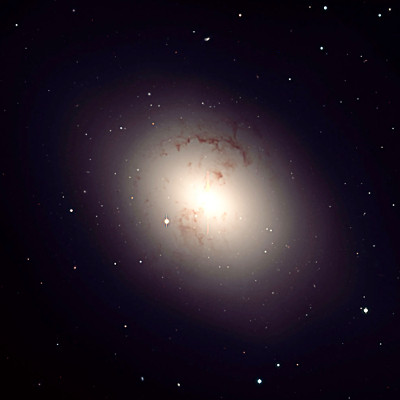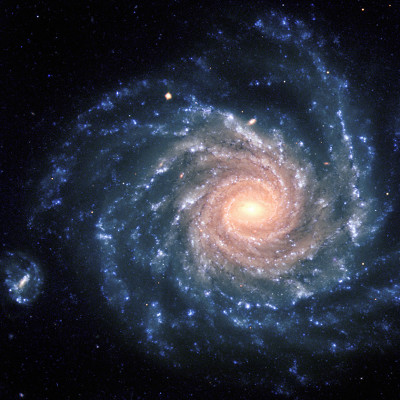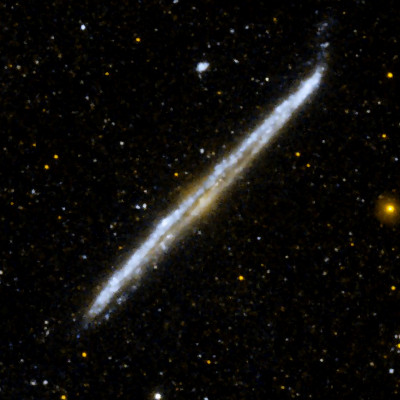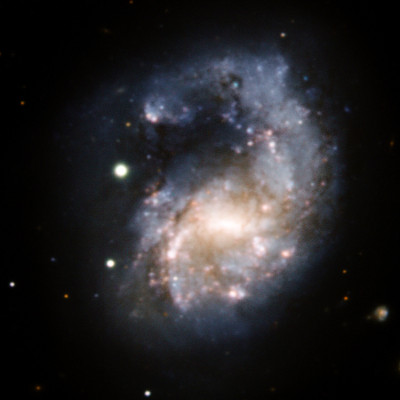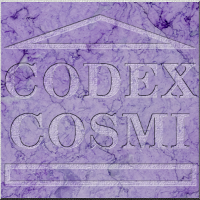
Galaxy
Galaxies are entities that consist of stars, interstellar gas and dust. They are clearly separate from other such entities in their composition and in their internal kinematics. Some galaxies have many young stars while others are predominantly old. Some galaxies have lots of gas and/or dust while others have only some. The larger the galaxy is the more variation there usually is. The smallest galaxies have only a hundred thousand stars while the largest ones have thousands of billions of stars. There are five main types of galaxies: elliptical, lenticular, spiral, irregular and peculiar galaxies.
1. Elliptical galaxies: Typically elliptical galaxies have ellipsoidal shape, little interstellar matter, no recent star forming activity, and, thus, very old stars. Most of all galaxies are elliptical.
2. Lenticular galaxies: Lenticular galaxies are intermediate between elliptical and spiral galaxies, having a shape of a convex lens.
3. Spiral galaxies: The most striking feature of the spiral galaxies are their spiral arms. Spiral galaxies have several components: a central bulge, a disc, spiral arms and a halo. The central bulge is a spherical area in the centre of the galaxy where there are a lot of stars. A disc is a flat, thin circular structure that contains most of the interstellar matter and young stars of the galaxy. Spiral arms are (thought to be) density waves that compress the matter of the disc into a spiral shape around the centre of the galaxy. The halo is a large spherical region around the galaxy where the density of matter is very low. Halo stars are the oldest in the galaxy.
3.1 Barred spiral galaxies: Sometimes there is also a central bar in a spiral galaxy. The bar extends through the bulge and the spiral arms start from the ends of the bar.
4. Irregular galaxies: All the galaxies that do not belong to any other class are irregular galaxies. They have an irregular shape and often show signs of a recent gravitational interaction with other galaxies.
5. Peculiar galaxies: Some galaxies are very peculiar. They don't fit in the Hubble classification of galaxies and are unusually active or interact closely with nearby galaxies.
See also a table of galaxy classes and types.
Taustan kuva:
Background image:
ESO





